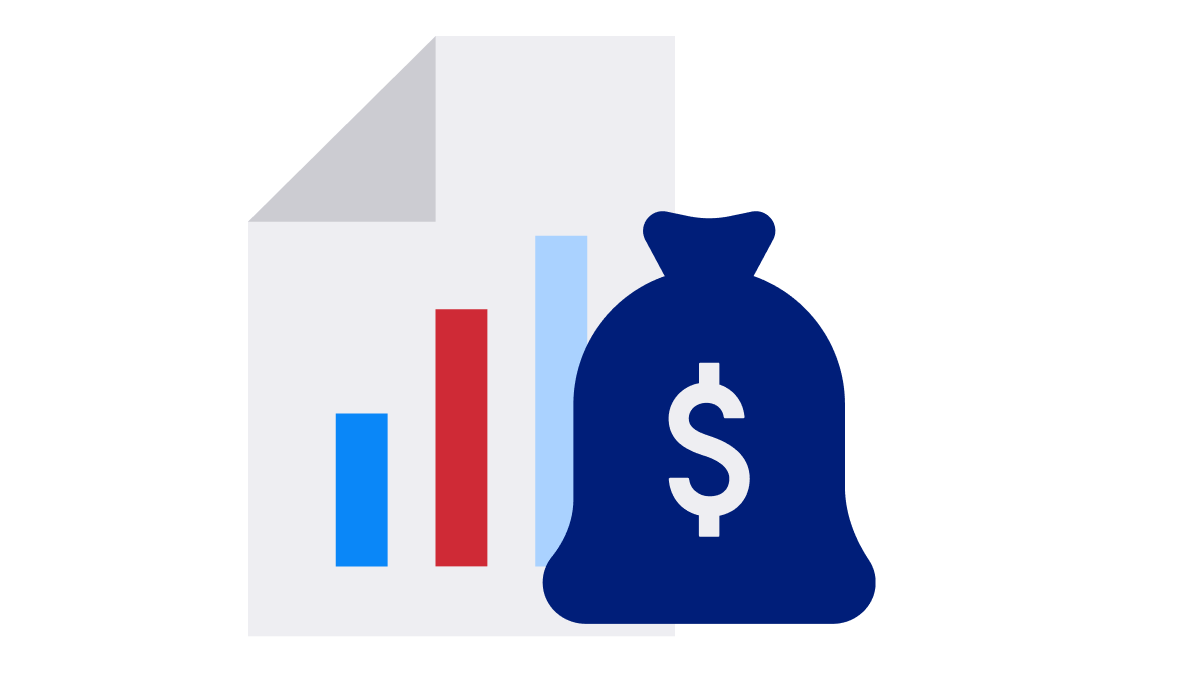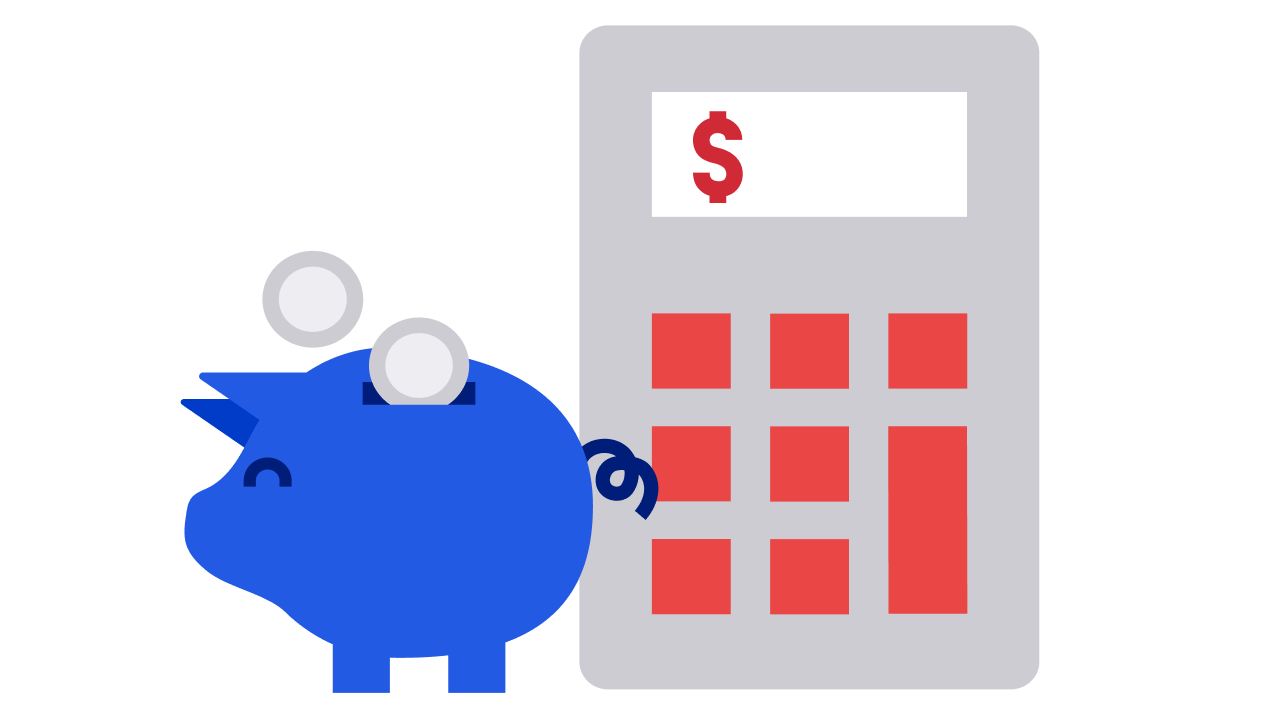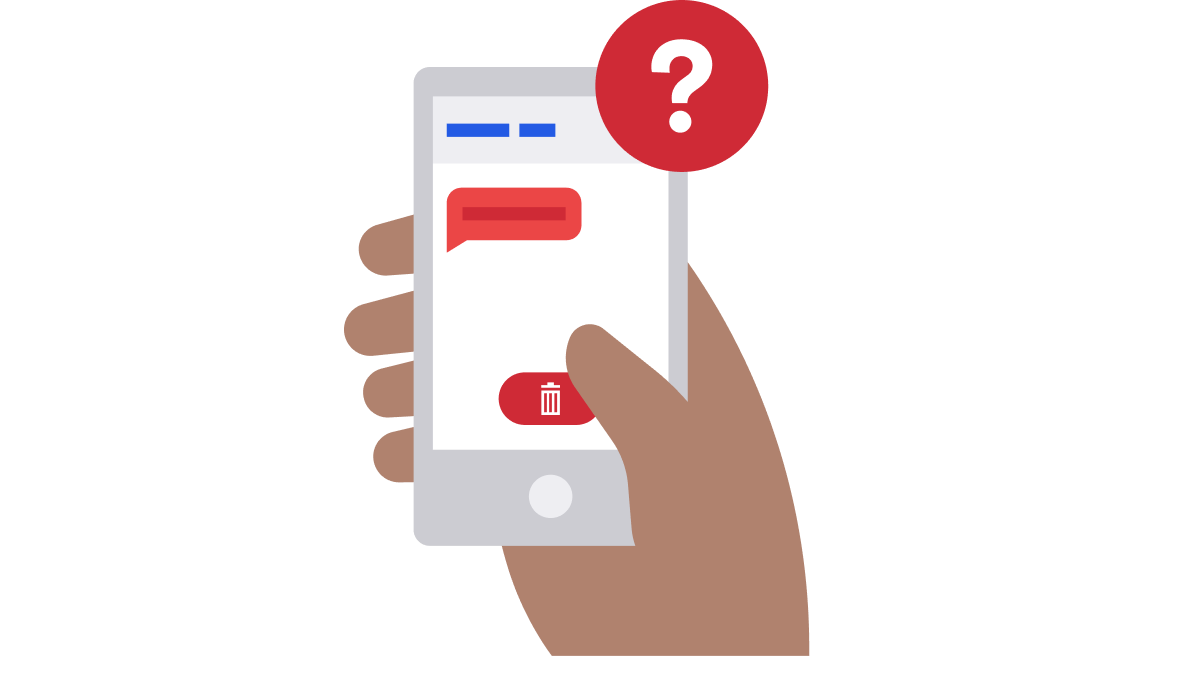One payment a month at a fixed rate for fixed rate loans
Consolidate debts from other loans and credit cards into one payment.

Debt consolidation is a good way to get on top of your payments and bills when you know your financial situation:
Find out more about debt consolidation.

Use our debt consolidation calculator to see how you might save on monthly payments, interest or pay off debt faster. Just answer a few quick questions and we’ll give you a personalized estimate.
Debt consolidation starts by looking at your financial picture using our rate tools. Then, consider a loan or line of credit. You can use the money to pay off your debts more quickly.
One-time funding to cover your debts and you’ll pay the same amount every month.
Check your rate before completing a full application to see what you may be eligible to borrow. It won’t affect your credit score.
Enjoy a little more flexibility to access funds when you need them.
Before you apply you can check your rate and see what you may be eligible to borrow. It won’t affect your credit score.
Discover fixed rates and payments to help work toward debt consolidation.
Another way to use funds when you need them and only pay interest on what you borrow.

We have lending consultants who can help. Learn about your loan options, and get personalized estimates for your needs. Give us your details and we’ll give you a call.
Get tips and tools to help you create a debt repayment plan.
Understand your credit worthiness and your “Capacity: ability to repay.”
Ask yourself these questions to determine whether taking on debt is right for your financial situation.
Explore six simple ways to build and maintain good credit.
Get started with these five easy steps.
Know your score range before applying for loans and lines of credit.
If you have multiple credit cards or loans with higher rates, you may save money and pay off debt faster by combining all your debt into one payment at a lower, fixed rate. Also, if your debts (excluding your mortgage) are less than half of your income, that’s another indicator that debt consolidation might be a good option for you.
Before considering debt consolidation, make sure your spending habits are in check, that you’re making your current payments on time and your credit score is in good shape.
Applying online, by phone or in person for a personal loan or line of credit only takes a few minutes and is issued based on your creditworthiness.
For a home equity loan or line of credit, you can apply online, by phone or in person. The length of time to process the application varies depending on your situation. Once you’ve signed the documents at closing, the funds will be available after a waiting period of three business days on accounts secured by a primary residence.
The primary loan applicant (or primary borrower) is the person seeking the loan. A secondary or co-applicant – otherwise known as joint owner – might help the primary borrower’s chances of securing a loan. The responsibility of each person on the loan is the same.
Learn more about applying for a loan with a co-borrower.
Once your personal loan or line of credit is approved, you can log in to the U.S. Bank Mobile App or online banking and follow these steps to make a one-time payment. You can also set up autopay.
For home equity loan and line of credit one-time payments, follow these steps or see our FAQ for more payment details.
You can get a payoff quote in three easy steps for your loan or line of credit by downloading and logging into the U.S. Bank Mobile App.
Personal and home equity loans have a fixed Annual Percentage Rate (APR) that varies based on credit score, loan amount and term. Personal and home equity lines of credit have a variable APR that varies based on Prime Rate (the index), credit score and credit amount.
You can check your credit score through a variety of services, or we can help.
Your credit score is calculated based on your credit reports, which are compiled by credit bureaus like Equifax, Experian and TransUnion. You can get your credit score for free anytime from each of the bureaus as well as learn more about credit scores and get a free copy of your report every 12 months. Review your report to make sure all of the information is accurate and to keep track of your credit profile.
U.S. Bank customers can monitor their credit score for free1 through the U.S. Bank Mobile App or online banking. Log into mobile or online banking and select Credit score under Shortcuts.
The credit score offered by the bureaus is for educational purposes, and is not necessarily the score used by banks to make credit decisions.
You can check your credit score as much as you want without it affecting your score.
There are several simple ways to build and maintain your credit:
See our Featured articles for more tips and resources.
Your credit profile and credit wellness are about how you use your credit – money that's loaned to you by a bank, a credit card or a loan.
Start small and secure. Secured credit cards or loans are accounts where you're getting credit, but it's tied to a cash deposit that the lender can easily collect if you don't make your payments. This can be a great way to start building your history. If you pay your secured card on time, eventually you will be able to qualify for unsecured credit.
Another option might be to co-borrow with a person who has established credit history. It's common for younger adults to co-borrow with their parents who have a longer credit history. Or if you’re a new American resident, you might have a relative who has lived here longer co-sign for you on a loan or credit card to help you get established.